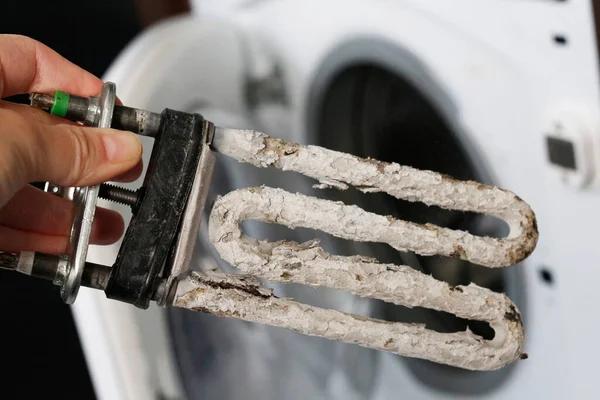Replacing a water heater may seem like a daunting task, but with the right tools and guidance, it can be accomplished by anyone willing to put in some effort. Here’s an easy step-by-step guide to replacing your water heater.
Before starting, ensure you have all the necessary tools and materials ready. These include a new water heater, pipe wrenches, plumbing tape, soldering torch (if needed), gas leak detection solution (for gas heaters), garden hose for draining the old tank and of course safety gear such as gloves and goggles.
The first step is turning off the power source. For electric heaters switch off the breaker at your main electrical panel. If you have a gas heater, turn off the gas supply valve so that it’s perpendicular to the gas line.
Next comes draining out existing water from your old tank. Connect one end of your garden hose to the drain valve located near bottom of the tank and place other end where hot water discharge won’t cause damage or injury. Open up this valve along with pressure relief valve on top for faster drainage.
Once drained completely it’s time to disconnect supply lines using pipe wrenches. For electric heaters also disconnect wires at top while for gas heaters remove flue hat which sits atop vent duct on top of heater.
Now you are ready to remove your old unit making space for new one. Install new unit ensuring it complies with local codes regarding height or need for stand etc., positioning should be done in such way that existing plumbing reaches its inlet and outlet connections easily.
Reconnect supply lines next using plumber’s tape around threads before screwing them back on tightly using wrenches; if copper pipes were used earlier then these might need soldering instead of simple reconnection process described here.
For electric models reconnect wiring now while if you’re dealing with a gas model reattach vent duct first followed by careful reconnection of gas line ensuring no leaks occur via use of leak detection solution. Don’t forget to turn gas valve back parallel to line indicating it’s on.
Fill up your new tank by first closing drain valve and then turning on cold water supply. Check for any leaks around connections as tank fills up. Once full, restore power back – switch on breaker for electric models or light pilot in case of gas heaters.
Finally adjust thermostat setting per manufacturer’s instructions; a setting between 115-125°F is generally suitable for most households. Let hot water run from one of faucets until it gets warm marking successful completion of replacement process.
Remember, while this guide provides basic steps, replacing a water heater replacement near me involves dealing with electricity or gas and can be hazardous if not handled properly. It’s always recommended to hire professionals if you’re unsure about any step along the way.
RightNOW Plumbing
11047 Pierson Dr G, Fredericksburg, Virginia 22408
540-573-2153

